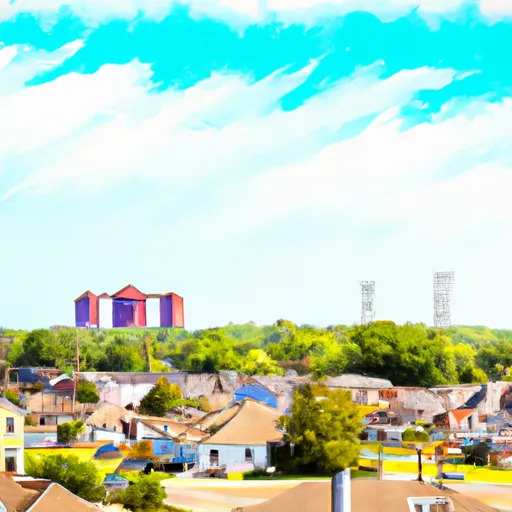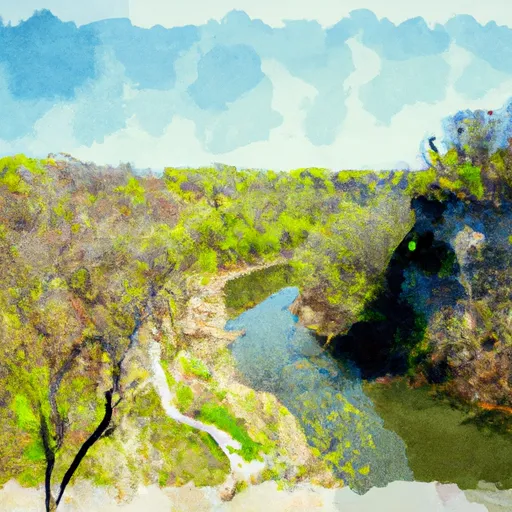°F
°F
mph
Windspeed
%
Humidity











Robert, Louisiana, is a small town located in Tangipahoa Parish. This charming community experiences a humid subtropical climate, characterized by hot, humid summers and mild winters. Summers are typically long and hot, with temperatures often reaching the 90s°F (32°C). Winters are generally mild, with temperatures averaging in the 60s°F (15-20°C). The area receives abundant rainfall throughout the year, which contributes to the lush greenery and vibrant wildlife.
Hydrology plays a vital role in Robert, as the town is situated near the Tangipahoa River. This river provides opportunities for various water-based activities such as fishing, boating, and kayaking. The river is known for its diverse fish population, including bass, catfish, and perch. Additionally, there are several nearby lakes and ponds that offer additional recreational opportunities.
Outdoor enthusiasts will find a plethora of activities to enjoy in Robert. The town is surrounded by picturesque natural landscapes, making it an ideal destination for hiking, camping, and birdwatching. The nearby Tickfaw State Park features numerous trails that wind through marshes, forests, and swamps, providing visitors with an up-close experience of the unique local ecosystem.
Overall, Robert, Louisiana offers a pleasant climate, ample hydrology resources, and a range of outdoor recreation opportunities, making it an appealing destination for nature lovers and adventure seekers.
Weather Forecast
Robert receives approximately 1620mm of rain per year, with humidity levels near 89% and air temperatures averaging around 20°C. Robert has a plant hardyness factor of 8, meaning plants and agriculture in this region tend to thrive here all year round.
Regional Streamflow Levels
9,870
Cubic Feet Per Second
2,020
Cubic Feet Per Second
146
Cubic Feet Per Second
14,900
Cubic Feet Per Second
Nearby Camping
| Camping Area | Reservations | Toilets | Showers |
|---|---|---|---|
| Bogue Chitto Water Park | |||
| Lake Lincoln State Park | |||
| Lake Mary Crawford | |||
| Bayou Segnette State Park | |||
| Fairview Riverside State Park | |||
| Percy Quin State Park |



